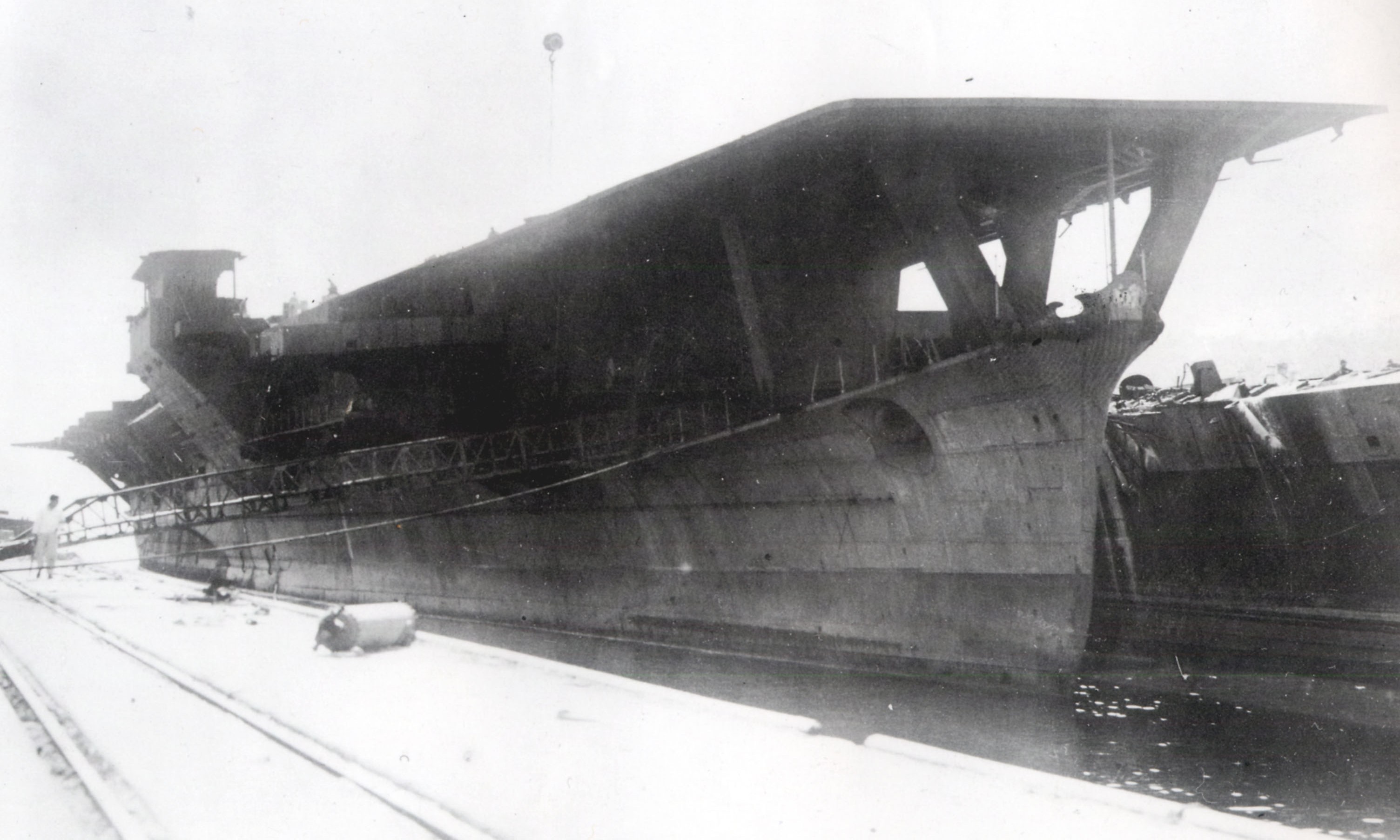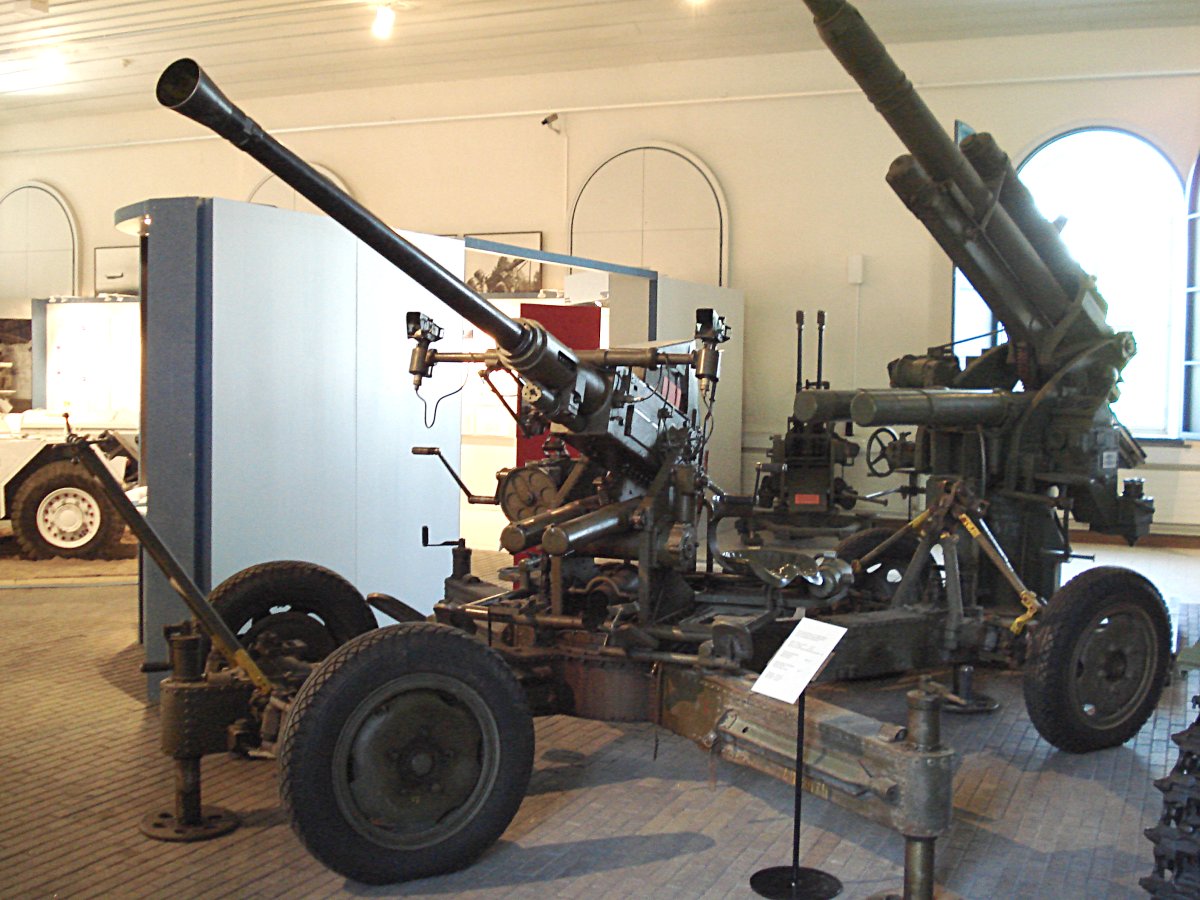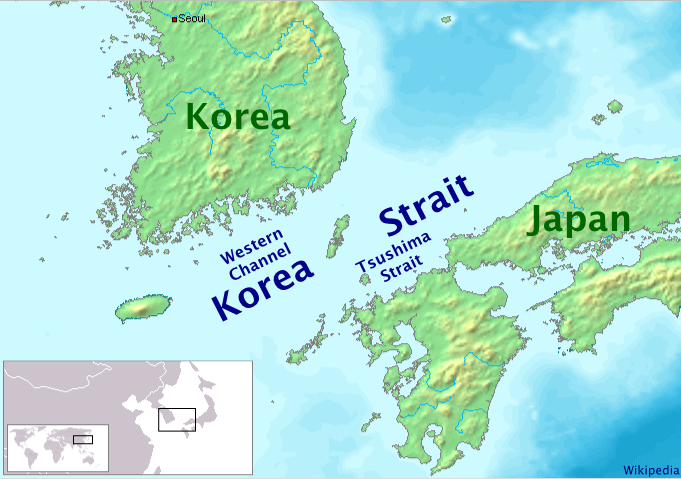|
Kamishima Class Minelayer
The was a class of minelayers of the Imperial Japanese Navy (IJN), serving during and after World War II. Nine vessels were planned under the Maru Sen Programme; however only one vessel was completed by the end of war. Background By the end of 1944, Japanese sea lanes were cut apart by United States Navy. The IJN focused on securing the Sea of Japan. Therefore, the IJN had to lay naval mines in La Pérouse Strait, Tsugaru Strait, and Tsushima Strait. However, the IJN had already lost all of its minelayers. The IJN planned to build two kinds of minelayers. One was the large ''Minoo'' class; the other was the smaller ''Kamishima'' class. Design The Navy Technical Department (Kampon) revised the ''Hirashima'''s drawings, and gave it the armaments intended for escort ships (or ''kaibōkan''). Their Type 5 40 mm AA was the latest anti-aircraft gun in the Imperial Japanese Army and Navy. It was a Japanese version of the Bofors 40 mm. Ships in class Footnotes Bibliography ... [...More Info...] [...Related Items...] OR: [Wikipedia] [Google] [Baidu] |
Sasebo Naval Arsenal
was one of four principal naval shipyards owned and operated by the Imperial Japanese Navy. History The Sasebo Naval District was established at Sasebo, Nagasaki in 1886, as the third of the naval districts responsible for the defense of the Japanese home islands. After the establishment of the navy base, a ship repair facility was established in 1889 with a dry dock. With the addition of equipment and facilities for ship production by 1897, the "Sasebo Shipyards" were officially established, and renamed the "Sasebo Naval Arsenal" in 1903. Construction of the arsenal was supervised by the French engineer Louis-Émile Bertin. In 1913, a 250-ton crane was installed, and the shipbuilding facilities expanded to permit the construction of large warships. With the mothballing of the Maizuru Naval Arsenal due to restrictions by the Washington Naval Treaty, much of the design and prototype work for new classes of destroyers and torpedo boats formerly done at Maizuru was shifted to ... [...More Info...] [...Related Items...] OR: [Wikipedia] [Google] [Baidu] |
United States Navy
The United States Navy (USN) is the maritime service branch of the United States Armed Forces and one of the eight uniformed services of the United States. It is the largest and most powerful navy in the world, with the estimated tonnage of its active battle fleet alone exceeding the next 13 navies combined, including 11 allies or partner nations of the United States as of 2015. It has the highest combined battle fleet tonnage (4,635,628 tonnes as of 2019) and the world's largest aircraft carrier fleet, with eleven in service, two new carriers under construction, and five other carriers planned. With 336,978 personnel on active duty and 101,583 in the Ready Reserve, the United States Navy is the third largest of the United States military service branches in terms of personnel. It has 290 deployable combat vessels and more than 2,623 operational aircraft . The United States Navy traces its origins to the Continental Navy, which was established during the American Re ... [...More Info...] [...Related Items...] OR: [Wikipedia] [Google] [Baidu] |
Nakhodka
Nakhodka ( rus, Нахо́дка, p=nɐˈxotkə) is a port city in Primorsky Krai, Russia, located on the Trudny Peninsula jutting into the Nakhodka Bay of the Sea of Japan, about east of Vladivostok, the administrative center of the krai. Population: History The Nakhodka Bay, around which the city is organized, was first known to the Russians on the corvette '' Amerika'', which sought shelter in the bay during a storm in 1859. In honor of this occasion, the ice-free and relatively calm bay was named Nakhodka, which in Russian means "discovery" or "lucky find". An imperial settlement existed here from 1868 to 1872 but was abandoned following the death of its administrator, Harold Furuhjelm. In the fall of 1870, Otto Wilhelm Lindholm established a whaling station across the bay from the settlement. In the spring of 1871 he fitted out his schooner ''Hannah Rice'' and sailed to Posyet, where he caught six gray whales.Lindholm, O. V., Haes, T. A., & Tyrtoff, D. N. (2008). '' ... [...More Info...] [...Related Items...] OR: [Wikipedia] [Google] [Baidu] |
Soviet Union
The Soviet Union,. officially the Union of Soviet Socialist Republics. (USSR),. was a List of former transcontinental countries#Since 1700, transcontinental country that spanned much of Eurasia from 1922 to 1991. A flagship communist state, it was nominally a Federation, federal union of Republics of the Soviet Union, fifteen national republics; in practice, both Government of the Soviet Union, its government and Economy of the Soviet Union, its economy were highly Soviet-type economic planning, centralized until its final years. It was a one-party state governed by the Communist Party of the Soviet Union, with the city of Moscow serving as its capital as well as that of its largest and most populous republic: the Russian Soviet Federative Socialist Republic, Russian SFSR. Other major cities included Saint Petersburg, Leningrad (Russian SFSR), Kyiv, Kiev (Ukrainian Soviet Socialist Republic, Ukrainian SSR), Minsk (Byelorussian Soviet Socialist Republic, Byelorussian SSR), Tas ... [...More Info...] [...Related Items...] OR: [Wikipedia] [Google] [Baidu] |
Kamishima
is an inhabited island located in Ise Bay off the east coast of central Honshu, Japan. It is administered as part of the city of Toba, Mie, Toba in Mie Prefecture. The name of Kami-shima has alternatively been written with as or ; its present form of Kami-shima, or “God island” refers to the Shinto shrine. Yatsushiro Jinja, on the island. Archaeologists have found hundreds of ceremonial artifacts, ranging from ancient mirrors to ceramics dating from the Kofun period through the Muromachi period on the island. During the Edo period, the island was used as a prison by Toba Domain, with the sobriquet “Shima-Hachijo” is reference to the prison island of Hachijō-jima used by the Tokugawa shogunate. The island is the setting for the 1954 novel by Yukio Mishima ''The Sound of Waves'', and has been used several times as a filming location for movies. The economy of the island is based on commercial fishing in its adjacent waters, and on tourism. See also *Kamishima Island, A ... [...More Info...] [...Related Items...] OR: [Wikipedia] [Google] [Baidu] |
Japanese Minelayer Kamishima
was a small minelayer of the Imperial Japanese Navy, which was in service during the final stages of World War II. She was named after Kamishima Island, a small island in Mie Prefecture, offshore Toba, Mie. She was the lead ship of the two-vessel . Building During the very final stages of World War II, in preparation for the anticipated Allied invasion of the Japanese home islands, the Imperial Japanese Navy saw the need to block the entrances to the Sea of Japan to protect Japan’s relatively lightly defended western coast. However, as almost all minelayers had been sunk by that time, an emergency program was begun to construct several small vessels for this task. ''Kamishima'' was launched by the Sasebo Naval Arsenal on June 12, 1945, and was commissioned into service on July 30, 1945. Operational history On completion, ''Kamishima'' was assigned to the Sasebo Naval District, but the surrender of Japan occurred only 15 days after her commissioning. She was removed from the ... [...More Info...] [...Related Items...] OR: [Wikipedia] [Google] [Baidu] |
Bofors 40 Mm Automatic Gun L/60
The Bofors 40 mm Automatic Gun L/60 (often referred to simply as the "Bofors 40 mm gun", the "Bofors gun" and the like, see name) is an anti-aircraft autocannon, designed in the 1930s by the Swedish arms manufacturer AB Bofors. The gun was designed as an intermediate anti-aircraft gun, filling the gap between fast firing close-range small calibre anti-aircraft guns and slower firing long-range high calibre anti-aircraft guns, a role which previously was filled by older outdated guns. The Bofors 40 mm L/60 was for its time perfectly suited for this role and outperformed competing designs in the years leading up to World War II in both effectiveness and reliability. It entered the export market around 1932 and was in service with 18 countries by 1939. Throughout World War II it became one of the most popular and widespread medium-weight anti-aircraft guns. It was used by the majority of the western Allies and some Axis powers such as Nazi Germany and Hungary. In th ... [...More Info...] [...Related Items...] OR: [Wikipedia] [Google] [Baidu] |
Imperial Japanese Army
The was the official ground-based armed force of the Empire of Japan from 1868 to 1945. It was controlled by the Imperial Japanese Army General Staff Office and the Ministry of the Army, both of which were nominally subordinate to the Emperor of Japan as supreme commander of the army and the Imperial Japanese Navy. Later an Inspectorate General of Aviation became the third agency with oversight of the army. During wartime or national emergencies, the nominal command functions of the emperor would be centralized in an Imperial General Headquarters (IGHQ), an ad hoc body consisting of the chief and vice chief of the Army General Staff, the Minister of the Army, the chief and vice chief of the Naval General Staff, the Inspector General of Aviation, and the Inspector General of Military Training. History Origins (1868–1871) In the mid-19th century, Japan had no unified national army and the country was made up of feudal domains (''han'') with the Tokugawa shogunate (''bakuf ... [...More Info...] [...Related Items...] OR: [Wikipedia] [Google] [Baidu] |
Escort Ship
Ocean escort was a type of United States Navy warship. They were an evolution of the World War II destroyer escort types. The ocean escorts were intended as convoy escorts and were designed for mobilization production in wartime or low-cost mass production in peacetime. They were commissioned from 1954 through 1974, serving in the Cold War and the Vietnam War. Designation The ocean escorts' hull classification symbol was DE, a carryover from the World War II era when vessels of similar size and role were classified as destroyer escorts. DEs were ASW vessels; DEGs were ASW and AAW vessels with the short-range Tartar guided missile added. Ships similar or identical to the World War II destroyer escorts and the Cold War ocean escorts were called "frigates" in most other navies. Outside the US Navy, no other navy appears to have used the ship type of "ocean escort". The closest equivalents in type name are the Soviet and classes, built circa 1954–65. These classes' Russian de ... [...More Info...] [...Related Items...] OR: [Wikipedia] [Google] [Baidu] |
Japanese Minelayer Minoo
was a minelayer of the Imperial Japanese Navy, which was in service during the final stages of World War II. She was the lead ship of what was intended to be a two-vessel class, but her sister ship, designated ''Vessel #1822'' was not completed before the end of the war. Building During the very final stages of World War II, in preparation for the anticipated Allied invasion of the Japanese home islands, the Imperial Japanese Navy perceived the need to block the entrances to the Sea of Japan, namely the La Pérouse Strait, Tsugaru Strait and Tsushima Strait to protect Japan’s long and relatively lightly defended western coastline. However, as all minelayers has been sunk by that time, an emergency program was begun under the ''Maru Sen'' Programme to construct several small vessels for this task. ''Minoo'' was a modified ''Type 2D'' wartime standard cargo ship, which had been laid down by the Naniwa Dock Company on November 29, 1944. It was requisitioned by the Imperial Jap ... [...More Info...] [...Related Items...] OR: [Wikipedia] [Google] [Baidu] |
Tsushima Strait
or Eastern Channel (동수로 Dongsuro) is a channel of the Korea Strait, which lies between Korea and Japan, connecting the Sea of Japan, the Yellow Sea, and the East China Sea. The strait is the channel to the east and southeast of Tsushima Island, with the Japanese islands of Honshu to the east and northeast, and Kyushu and the Gotō Islands to the south and southeast. It is narrowest south-east of Shimono-shima, the south end of Tsushima Island proper, constricted there by nearby Iki Island, which lies wholly in the strait near the tip of Honshu. South of that point Japan's Inland Sea mingles its waters through the narrow Kanmon Strait between Honshu and Kyushu, with those of the Eastern Channel, making for some of the busiest sea lanes in the world. The Strait was the site of the decisive naval battle in the Russo-Japanese War, the Battle of Tsushima, between the Japanese and Russian navies in 1905; in which the Russian fleet was virtually destroyed.100 Battl ... [...More Info...] [...Related Items...] OR: [Wikipedia] [Google] [Baidu] |
Tsugaru Strait
The is a strait between Honshu and Hokkaido in northern Japan connecting the Sea of Japan with the Pacific Ocean. It was named after the western part of Aomori Prefecture. The Seikan Tunnel passes under it at its narrowest point 12.1 miles (19.5 km) between Tappi Misaki on the Tsugaru Peninsula in Aomori Prefecture, Honshu, and Shirakami Misaki on the Matsumae Peninsula in Hokkaido. Western maps made prior to the 20th century also referred to this waterway as the Strait of Sangar. Japan's territorial waters extend to three nautical miles (5.6 km) into the strait instead of the usual twelve, reportedly to allow nuclear-armed United States Navy warships and submarines to transit the strait without violating Japan's prohibition against nuclear weapons in its territory. The part of the Seikan Tunnel that passes under the strait is considered to be under Japanese jurisdiction. The part of the Tsugaru Strait considered to be in international waters is still within ... [...More Info...] [...Related Items...] OR: [Wikipedia] [Google] [Baidu] |



_underway_in_the_Atlantic_Ocean_on_28_May_1954.jpg)

